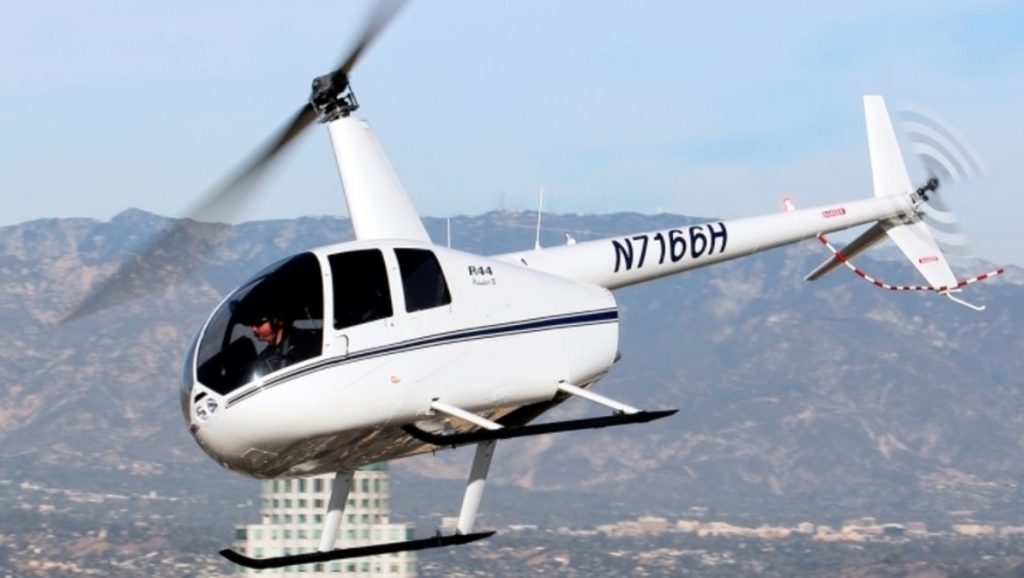
An ATSB has said it’s investigating “a number of factors” that could have contributed to the crash of an R44 in December last year that killed two on-board.
The Australian Transport Safety Bureau has already determined that the helicopter’s main rotor struck its fuselage mid-flight, leading to it crashing into the ground NSW Southern Highlands and killing experienced pilot Nicholas Brink, 36, and his trainee Andrew Goldman, 54.
“As we move forward with the investigation we will consider a number of factors that could have contributed to a rotor blade impacting the fuselage in flight, such as turbulence, pilot input, engine issues and aircraft controllability,” said ATSB director of transport safety Stuart Macleod.
The early findings were released as part of its preliminary report into the accident, with the final investigation yet to draw any conclusions.
The training flight departed Goulburn Airport shortly before 4pm on 2 December 2020, with the helicopter’s last recorded automatic dependent surveillance broadcast (ADS-B) detecting it descending into a valley in the Morton National Park at 4:11pm.
An aerial search was launched when the helicopter failed to return to Goulburn as expected, with the wreckage located in a valley approximately four kilometres north-west of the last ADS-B transmission.
The report notes that the accident helicopter, VH-HGU, had been manufactured in May 2020 and at the time of the accident had an estimated 150 hours total time in service.
During a periodic maintenance inspection in November 2020, and in line with a safety alert from the manufacturer, the engine’s intake valves were inspected and reinstalled with new gaskets.
“To date the ATSB has attended the accident site twice for examination and evidence collection, examined the helicopter’s engine and tail rotor driveshaft and interviewed relevant parties,” said Macleod.
“As well as analysing weather conditions at the time of the accident, the ATSB will continue our detailed technical examination of the engine and other recovered components, including electronic devices.”
The preliminary report notes that the two closest automatic weather stations to the accident site showed significantly different weather from one another — both one-hour prior to, and at the time of the accident.
At Goulburn, 31 kilometres to the west, recorded conditions were winds from a north-westerly direction, up to nine knots, visibility greater than 10 kilometres, and the temperature was 25 degrees.
There was no other significant weather observed, while at Moss Vale, 43 kilometres to the north-east, a special weather report was first issued at 3:38pm, due to a significant deterioration of weather conditions in the area. These conditions continued for several hours, with a layer of broken cloud descending to 1,100 feet above sea level, with a second layer of overcast cloud descending to 1,600 feet.
Pilot Nicholas Brink’s employer Hughes Helicopters said at the time the company was “overcome with sadness by the loss of our much-loved colleague”.
Meanwhile, trainee Andrew Goldman was newly-elected to Moira Shire council for the 2020-24 term.















